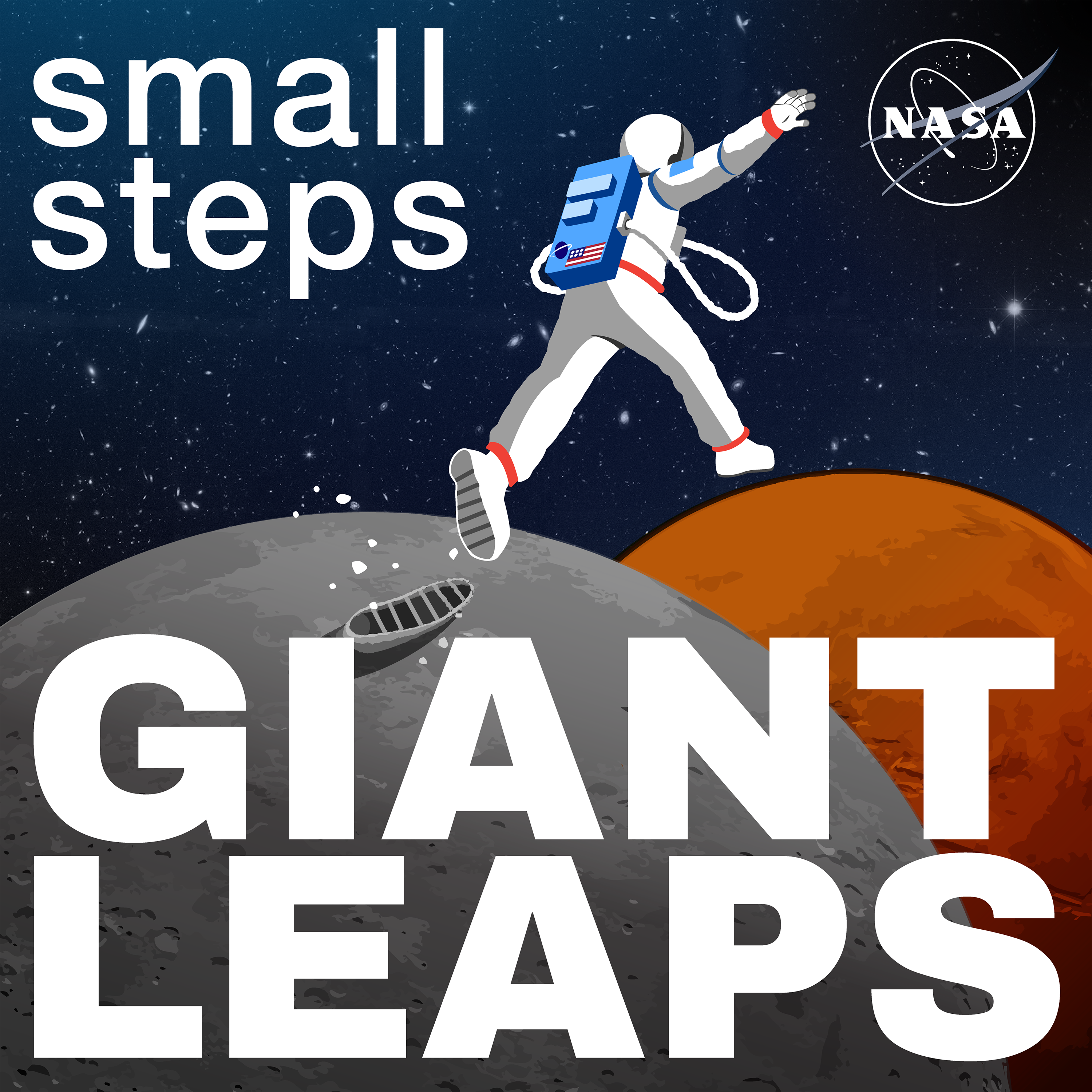NASA’s technical workforce put boots on the Moon, tire tracks on Mars, and the first reusable spacecraft in orbit around the Earth. Learn what’s next as they build missions that redefine the future with amazing discoveries and remarkable innovations.

NASA’s technical workforce put boots on the Moon, tire tracks on Mars, and the first reusable spacecraft in orbit around the Earth. Learn what’s next as they build missions that redefine the future with amazing discoveries and remarkable innovations.
Former NASA Deputy Administrator Pam Melroy, who departed NASA in January 2025 after many years of service, shares her approach to designing the blueprints for key NASA exploration strategies during her tenure.
What does it take to mine the Moon? Engineers behind NASA’s ISRU Pilot Excavator, known as IPEx, are digging into the answers.
Before leaving the ground, astronauts prepare for spaceflight by immersing themselves in life-like training simulators. NASA’s Simulations and Graphics Branch makes it happen, and it’s critical to the success of humans in space.
Could Jupiter’s icy moon Europa harbor the conditions for life in the ocean beneath its icy crust? The Europa Clipper mission is on a voyage to find out.